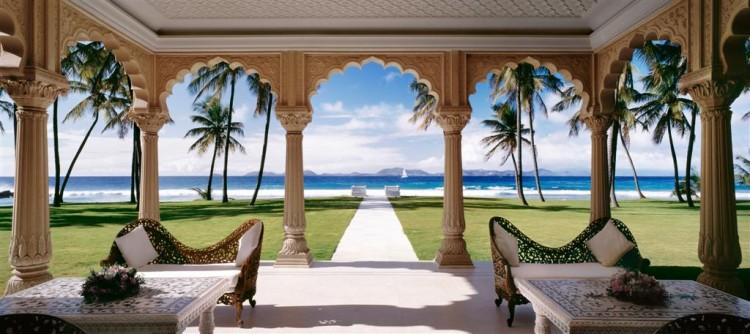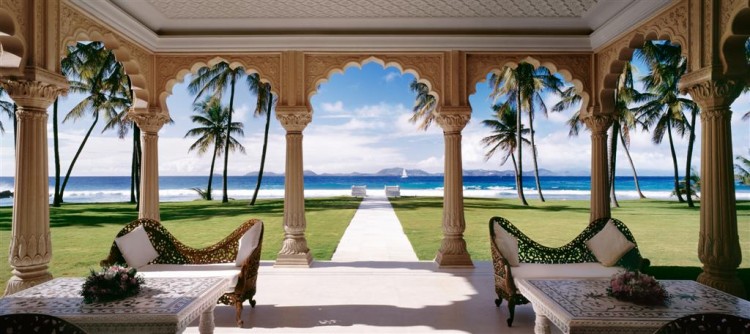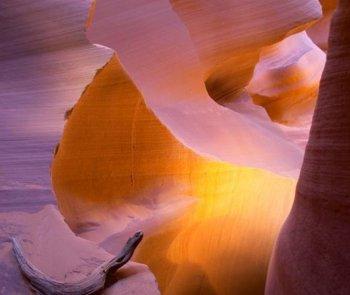As a child, Scott Frances drew and painted a lot. He grew up in New York City in a post-World War II Jewish home filled with mid-century modern designed objects. Both his parents were journalists. In addition, mom was a decorator.
Frances did not want to be a photographer. Life just prepared things that way. Now he is an acclaimed photographer of architecture and design.
Frances is currently displaying a selection of his images in an exhibition in New York called MonoVisioN, which is also the title of his book.



